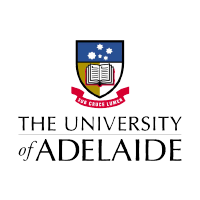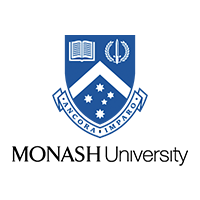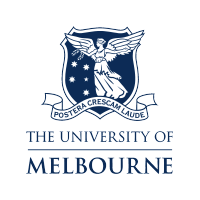Curriculum
Health Indicators and Health Surveys (HIS)
On completion of this unit students should be able to derive and compare population measures of mortality, illness, fertility and survival, be aware of the main sources of routinely collected health data and their advantages and disadvantages, and be able to collect primary data by a well-designed survey and analyse and interpret it appropriately.
COORDINATORS:

Dr Kylie-Ann Mallitt
University of Sydney, Sydney School of Public Health, Biostatistics Group and Centre for Kidney Research (Westmead) Faculty of Medicine and Health Semester 1
General outline
Co-Requisites
Mathematical Foundations for Biostatistics
Time commitment
8-12 hours total study time per week
Semester availability
Semester 1
Assessment
Assignments 100% (4 written assignments worth 25% each)
Prescribed Texts
Paul S. Levy, Stanley Lemeshow. Sampling of Populations: Methods and Applications. 4th edition. Wiley Interscience 2008
Special Computer Requirements
Stata or R statistical software, and Microsoft ExcelContent
Routinely collected health-related data; quantitative methods in demography, including standardisation and life tables; health differentials; design and analysis of population health surveys including the roles of stratification, clustering and weighting.
Resources
Course notes, online mini-lecture videos, online tutorials, discussion board
Notes
* Co-requisites may be taken before or concurrently.




